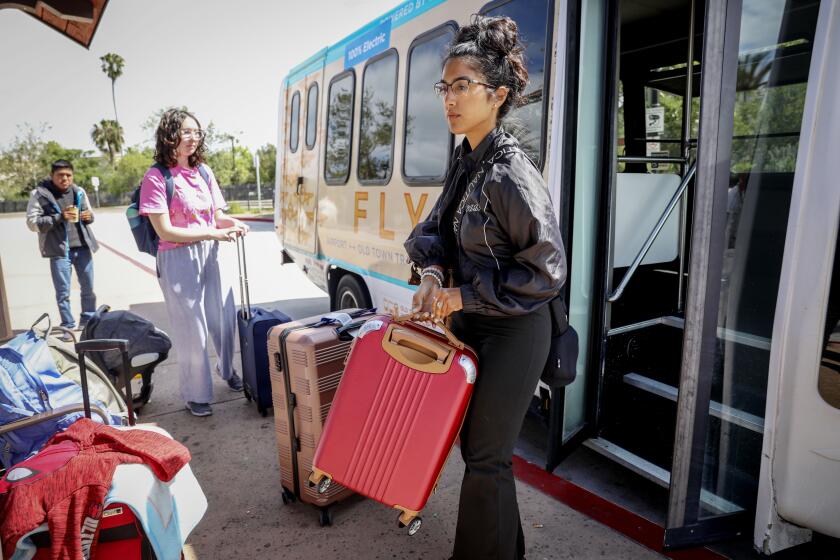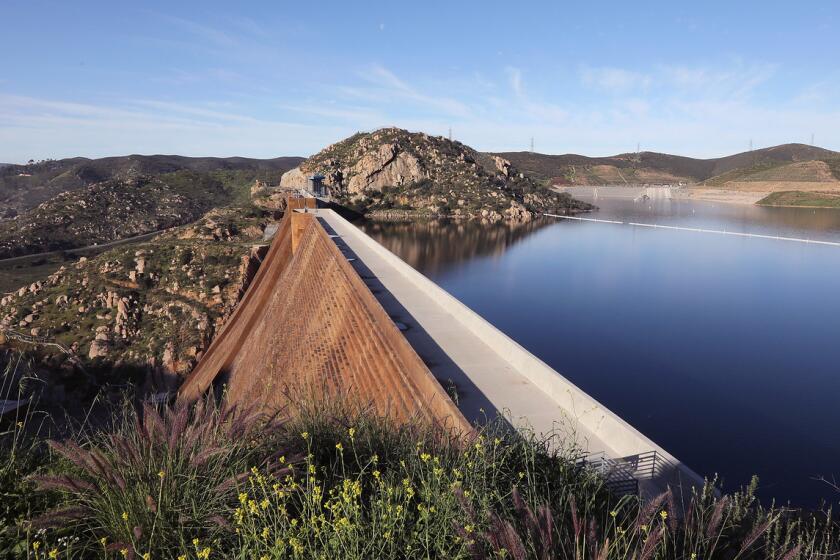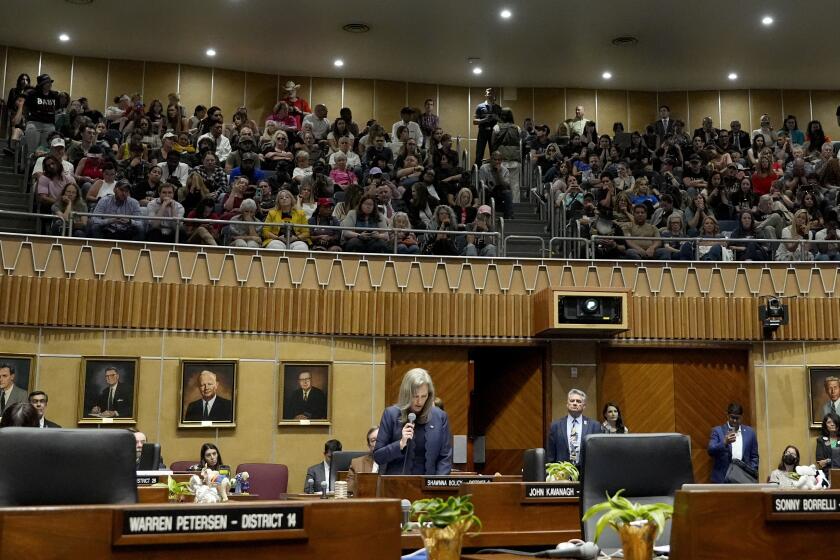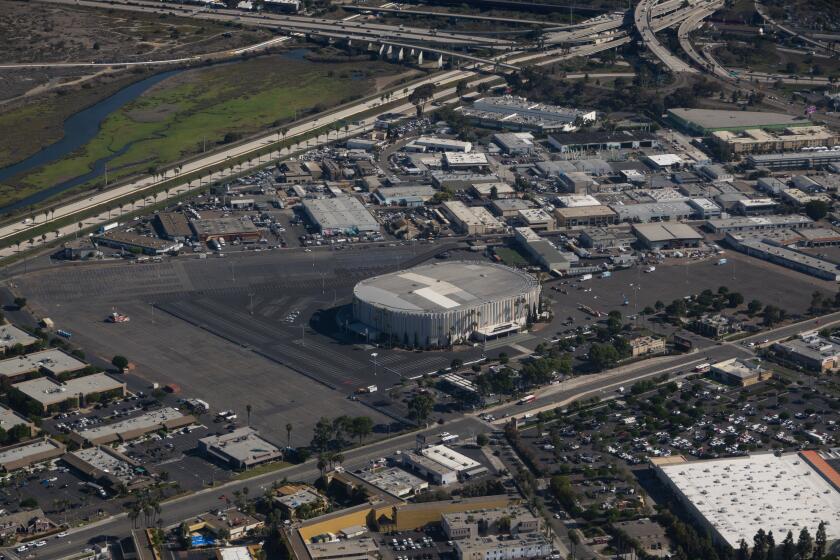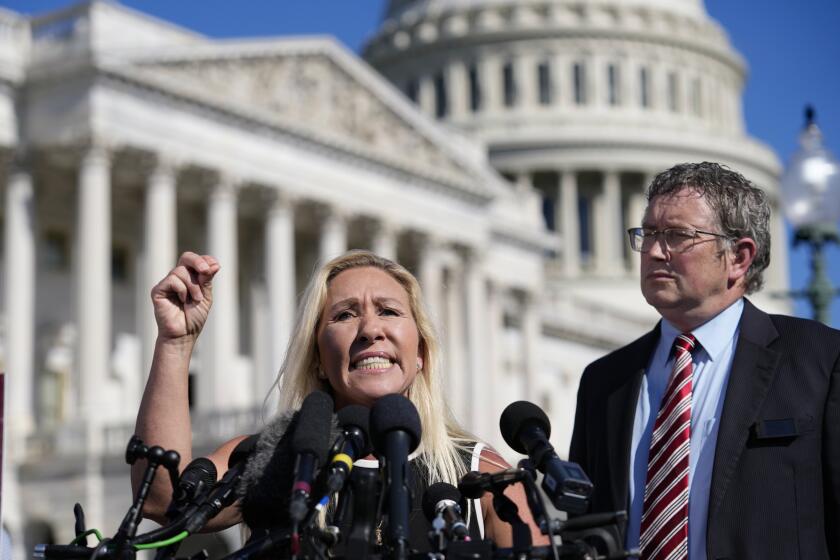City exploring potential of its two smaller airports
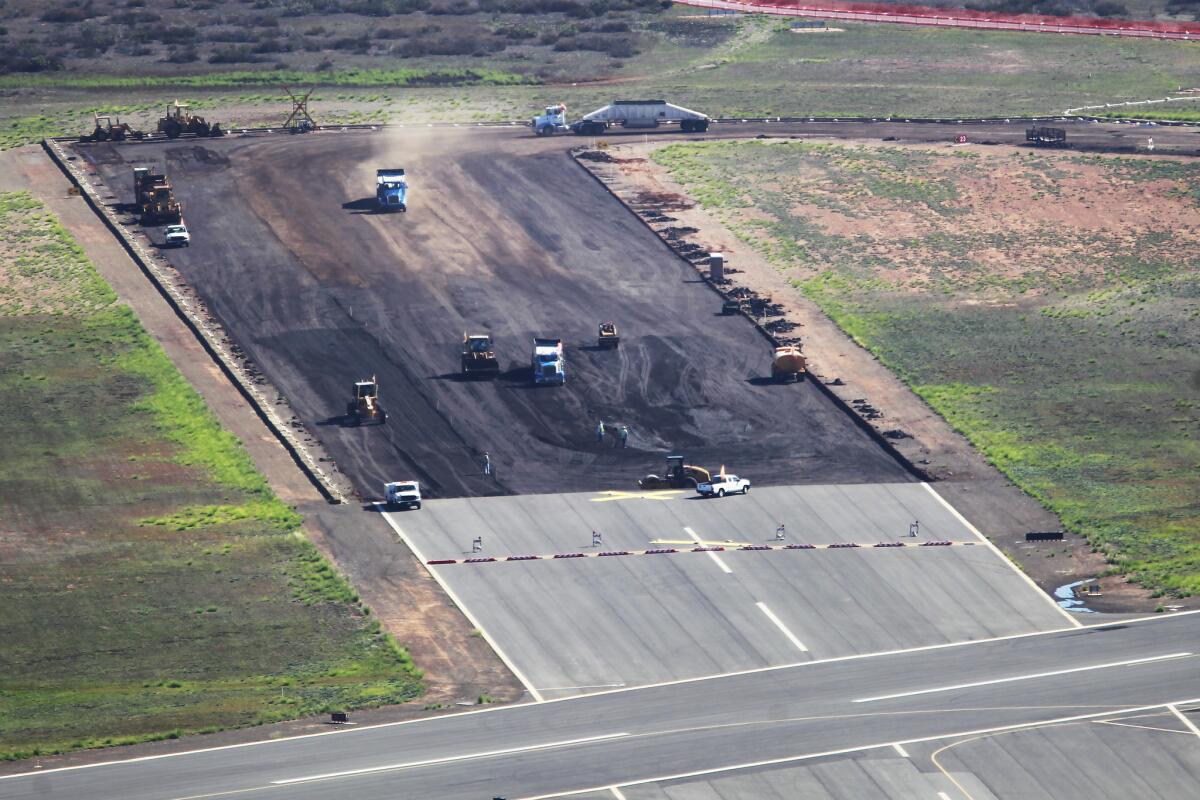
San Diego officials are launching a comprehensive effort this year to determine the economic and aviation potential of Otay Mesa’s Brown Field and Kearny Mesa’s Montgomery Field, two city-owned airports that critics call underutilized eyesores.
The $1.7 million effort was prompted partly by a 2015 city audit that said years of mismanagement at the two airports has prevented them from generating more revenue and becoming economic catalysts for the region.
The Federal Aviation Administration contributed $1 million toward the effort, which will provide the city with up-to-date master plans for each of the two airports for the first time since 1980.
City Councilman Chris Cate said the new master plans dovetail with efforts over the last three years by San Diego to evaluate the condition and potential of all city facilities, from buildings to parks to streets.
“We’re trying to lay out what our long-term vision is and we’ve never had that before in San Diego,” said Cate, whose council district includes Montgomery Field. “We want these airports to live up to the standards we have for everything else in the city.”
Cate said a new master plan will spur investment in Montgomery Field by creating a long-term vision, while also allowing the city to gauge the potential of the airport, which covers 456 acres just east of state Route 163.
“We want to see what are the opportunities to maximize what’s already there, what improvements can be made and how much that will cost, and whether there are there folks who will come in and make those investments for us,” he said.
At Brown Field, significant upgrades will come more quickly than at Montgomery if developers of the Metropolitan Airpark can clear up environmental litigation that has stymied that project since the City Council approved it in 2013.
The four-phase development would cover about 330 acres of the 880-acre facility with hangars for private aircraft, more than 1 million square feet of industrial buildings, restaurants, retail businesses and possibly a hotel.
Charles Black, chief executive of Metropolitan Airpark LLC, said on Friday that he’s confident a resolution will come soon to the litigation, which focused on how the project will affect vernal pools, burrowing owls and state targets for greenhouse gas emissions.
“Our project is in the final throes of the entitlement process and we should begin construction during calendar 2017,” said Black, who helped develop Petco Park.
Even if the Metropolitan Airpark project moves forward, it’s slated to take 20 years to complete and covers less than half of Brown Field’s acreage, making a new master plan for the airport still vitally important, officials said.
Rob Hixson, chairman of the Otay Mesa Community Planning Group, said his group was frustrated when the city wouldn’t allow them to include Brown Field in a recent community plan update for the area.
“We’d like to see something happen there because in our opinion it’s kind of an eyesore,” said Hixson. “They don’t keep very good care of it and that’s why we were hoping it would be part of our Community Plan update.”
Hixson said Brown Field could be a key asset for Otay Mesa by spurring economic activity and cross-border commerce, noting that Baja California is home to several businesses making airplane parts and related products.
That could be the seeds of a binational aviation cluster, said Alejandra Mier y Teran, executive director of the Otay Mesa Chamber of Commerce.
“There could be a lot of synergies between the aerospace community in Brown Field and Tijuana,” she said.
An improved Brown Field would also help companies in Otay that ship products by plane, particularly produce distributors.
And a better airport might encourage more quality companies with high-paying jobs to locate in Otay, said Mier y Teran.
“I think anything the city does to improve that airport is welcome to our community,” she said.
Upgrading the two airports could also make them more competitive with Palomar-McClellan Airport in Carlsbad, which has become increasingly popular with owners of private aircraft in recent years.
Black said dwindling capacity for flights at San Diego International Airport — Lindbergh Field could make Brown Field, Montgomery Field and other airports supporting general aviation steadily more important in the future.
Councilman Cate said he’d like to see Montgomery Field, which is officially known as Montgomery-Gibbs Executive Airport, become more competitive with Palomar so that fewer residents with small planes have to drive up there.
Another key to the Metropolitan Airpark project is the improved infrastructure it would create around Brown Field, bolstering the potential for more cross-border commerce and other area businesses to prosper, Black said.
“We are responsible for many pieces of the Otay Mesa infrastructure puzzle,” said Black, mentioning road widening and freeway onramp construction as examples of projects included in the Metropolitan Airpark development deal.
Creating the two master plans, which will include gathering public input at multiple forums, may take several years. Cate urged residents to be patient.
“You have to know where you are and where you’re going before you start investing significant dollars,” he said. “I know people want results tomorrow but these things take time. At least we’re making the investment to see what the road map may look like.”
There are typically about 200,000 flights per year at Montgomery Field and about 90,000 per year at Brown Field.
david.garrick@sduniontribune.com (619) 269-8906 Twitter:@UTDavidGarrick
Get Essential San Diego, weekday mornings
Get top headlines from the Union-Tribune in your inbox weekday mornings, including top news, local, sports, business, entertainment and opinion.
You may occasionally receive promotional content from the San Diego Union-Tribune.



